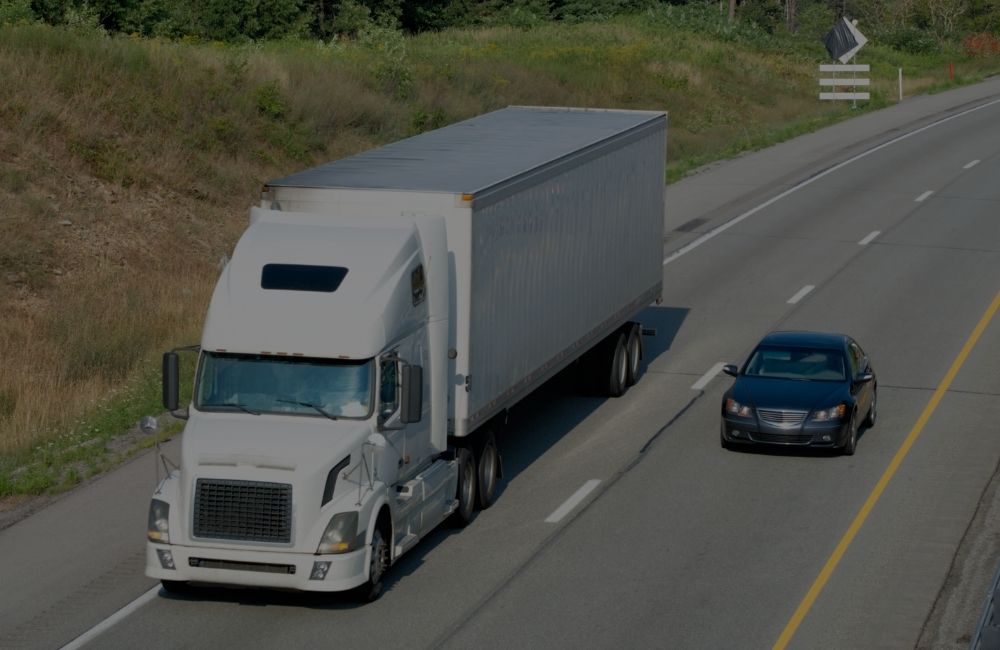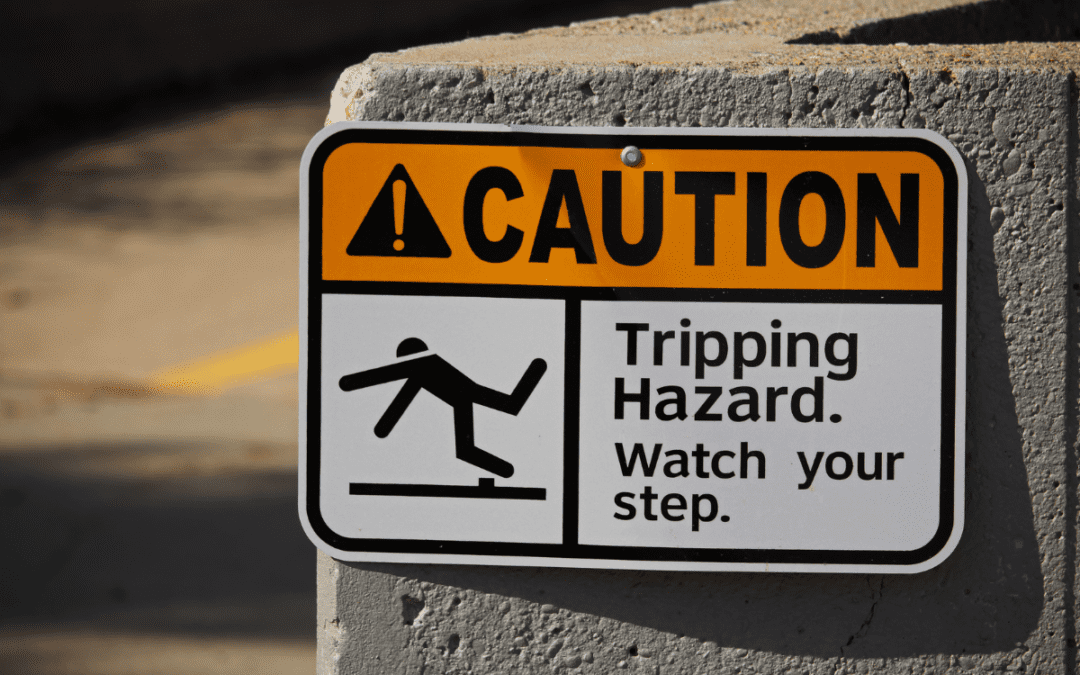The Insurance Information Institute tells us accidents involving large trucks claimed 4,119 lives in 2019. Two-thirds of those fatalities drove or rode in passenger vehicles. Many truck accidents arise from passenger vehicles entering the blind spots of these trucks.
Below, we offer some information on who might be at fault and that might help you understand, avoid, and get compensation if you become involved in a blind spot truck accident.
Where Are the No-Zones?
Commercial trucks generally have four no-zones:
- Front: The front blind spot extends 20 feet past the front bumper of the truck.
- Rear: The rear no-zone goes 200 feet beyond the rear bumper. This is due to the lack of a rear-view mirror on commercial trucks. In most cases, commercial truck drivers must rely on side-view mirrors.
- Driver Side: For the left side of the truck, the blind spot runs generally from the driver’s door to the trailer’s middle.
- Passenger Side: Truck drivers generally cannot see on the passenger side from the door past the trailer’s rear and three lanes past.
To lower your chances of being in a no-zone truck accident, avoid following trucks too closely. If you decide to pass a semi-truck, do so as promptly as possible to remove yourself from the blind spot. Give yourself and the truck plenty of room before getting in front of a commercial truck. In fact, if possible, you may wish to pass in front of another passenger vehicle that can more readily see you as you return to the lane of travel.
Why Are No-Zones For Trucks So Dangerous?
The blind spots for a passenger vehicle or passenger truck present enough danger. The length and weight of commercial trucks magnify the risk of a wreck and serious injuries. Standard trailers on semi-trucks range between 48 feet and 53 feet. When you add the truck itself, the length comes to between 72 feet up and as much as 80 feet.
On average, a passenger vehicle is 14.7 feet long. That translates to you being in the truck driver’s side no-zones spot for perhaps several sections. Also, commercial truck drivers cannot see close-up objects in the rear when backing.
The weight of commercial trucks can approach 80,000 pounds. Typical ones are 20 to 30 times heavier than passenger cars and trucks. A blind spot truck accident can cause and often causes serious injuries and deaths. Roughly one in every three crashes between large trucks and passenger vehicles are no-zone accidents. Blind-spot accidents account for 35 percent of fatalities in accidents involving commercial trucks.
How Can a Truck Driver Be At Fault in a No-Zone Crash?
One study shows that the fault in seven out of every ten no-zone crashes lies with the driver of the passenger vehicle. However, commercial truck drivers are not automatically blameless in these accidents.
As must all motorists, drivers of tractor-trailers owe a duty to keep a reasonable and proper lookout for traffic. For such operators, this means constantly checking mirrors to see if passenger vehicles are about to enter the blind spots. Commercial truck drivers who follow too closely risk both rear-ending passenger vehicles and causing others to rear-end them. Depending on the speed, semi-trucks carrying full loads need between 500 and 600 feet to stop, contrasted with passenger vehicles needing much less distance.
A truck accident lawyer may pursue claims and evidence that the commercial truck driver:
- Could have seen you by looking in mirrors or over the shoulder (especially on the driverside) but failed to do so
- Followed a vehicle too closely after ascertaining its presence in front of you
- Did not use signals before changing lanes or turning
- Drove too fast for the weather and other conditions
- Failed to make a safe lane change
- Was driving under the influence of alcohol
- Delivered or viewed texts or content on social media
- Made cell phone calls while operating the truck
Can You Be Compensated Even If You’re Partially At Fault?
Florida operates as a “no-fault” state. That means you get some compensation for your personal injuries even if you bear full or partial responsibility for the wreck. For relief, Florida law requires that you carry at least $10,000 of “personal injury protection” insurance on your vehicle.
With PIP insurance, you get up to 80 percent of your expenses for services rendered by physicians, hospitals, ambulance services, and pharmacists related to your injuries from the crash. PIP also pays up to 60 percent of lost wages, up to the $10,000 limit.
Personal injury protection may prove inadequate in many truck accident cases. Your benefits under such policies are capped at $10,000. By one study, a truck accident with just one injured party carries a price tag in excess of $148,000. Commercial truck liability policies have coverages between $300,000 and $1 million, depending on the cargo transported by the truck.
To draw from the commercial liability insurance on the truck requires that you prove the fault of the driver. Even if you establish the negligence of the commercial driver, your own failure to exercise reasonable care may reduce your recovery.
When it comes to fault, Florida follows the comparative negligence approach of diminishing your damages by the percentage or proportion of your fault in the wreck.
How Can a Personal Injury Lawyer Help You Get Compensation in a No-Zone Truck Accident?
Do not assume that you cannot receive compensation if you were injured while being in the blind spot of a commercial truck. Getting compensation in a no-zone truck accident means showing that the truck driver failed to use reasonable care in noticing that you have entered the blind spot.
The crash report, the truck’s incident data recorder, witnesses, and images or video may help in that endeavor. Your medical records can illustrate the pain and suffering, disability, and expenses that a blind spot truck accident can bring your way.
If you or a loved one were seriously injured in a no-zone truck accident, Bodden & Bennett is here for you. Our team of South Florida accident attorneys will work hard to get you justice. Call (561) 806-5229 or contact us online today!



